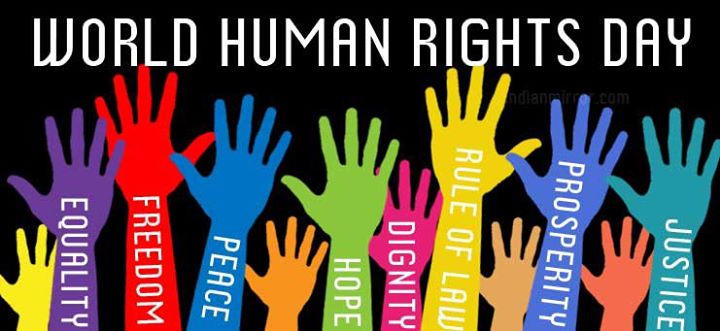It’s easy to thwart constitutional guarantees using draconian laws and the police
Now that the euphoria over the Supreme Court’s landmark Section 377 verdict is fading, we can ask whether such pronouncements are anything more than ineffectual dictums on paper—just like the many rights enshrined in the Constitution that are conspicuous only in their violation, as would happen in any society that is yet to imbibe rational and scientific values. And when the political regime itself promotes obscurantism, traditions and customs, against the constitutional mandate, the prospects of reform are bleak. The recent crackdown on top defenders of democratic rights by the Pune police, branding them ‘urban Maoists’, illustrates how draconian laws and the discretionary powers of the police can easily thwart and render useless the fundamental rights in the Constitution. The devil—as BR Ambedkar lamented in 1955, explaining his earlier outburst in the Rajya Sabha disowning the Constitution—had taken possession of the temple (the Constitution of India) they built before they could install the gods.
As the working of law largely depends upon the government’s morality, when it resorts to amoral means for ulterior motives, law’s utility comes under question. Take Dalits, who have been granted certain safeguards, in an exception to the universal rights in the Constitution, with a plethora of Articles for promotion of their interests and their protection from social injustice. Article 17 outlaws the practice of untouchability, making enforcement of any disability arising out of untouchability a punishable offence. And yet survey after survey since the 1960s have revealed the practice remains intact despite enactment of the Protection of Civil Rights Act, 1955, and later the Scheduled Castes and Tribes (Prevention of Atrocities) Act, 1989, which only served the political purpose of placating Dalits and paradoxically intensifying prejudice against them among others. The Action Aid Survey in 2001-02, Navsarjan survey of Gujarati villages in 2009 and the latest NCAER and the University of Maryland (IHDS) survey in 2011-12 all reveal that untouchability in all its forms is still rampant in India.
Many rights are visible only in their violation, as would happen in any society yet to imbibe rational, scientific values.
There has also been a new phenomenon of gory violence against Dalits born out of the policies pursued by the post-colonial state to create a class of rich farmers out of the populous caste band and promote capitalist relations in rural India with the Green Revolution. The saga of this new form of atrocities began in the late 1960s in Kilmenmani, Tamil Nadu, and has only grown over the years, reaching an alarming level during BJP rule. On an average, two Dalits are killed and five Dalit women raped every day, as per government statistics. The abysmally low rate of conviction can be directly attributed to institutional biases more than civil-society prejudices.
Another major Dalit right that flows from the Constitution is reservation—an instrument to promote Dalit interests. Reservations were first implemented by the non-Brahmin princely states like Kolhapur, Mysore and Baroda, and in British India vide the India Act, 1935—due entirely to Ambedkar’s struggles. In order to implement these reservations, the colonial rulers created a separate identity “Scheduled Caste”, thereby snapping its ties to the caste system—an unintended step in the right direction. Moreover, by making them an exceptional category of people, reservations reflected as the State’s countervailing measure against anti-Dalit social prejudice.
The post-colonial rulers, however, skillfully distorted this by opening the schedule for review—diluting the concept of reservations by extending it to all and sundry, making space for claims and counter-claims by various castes for reservations by subtly linking it to backwardness. It only helped to enliven caste consciousness. Though reservations surely helped some Dalits transcend their class to the extent that they speak of Dalit capitalism and mark sizeable international presence, they comprise not more than one-tenth of the Dalit population. The cost in terms of psychological damage, accentuation of social prejudice and abandonment of the project of ‘annihilation of caste’ far outweighs the benefits.
(The writer is an activist with the Committee for Protection of Democratic Rights, Mumbai).

September 15, 2018 at 1:54 pm
Fake,fake,fake.
September 16, 2018 at 5:00 pm
The art of subverting constitution to suit their own goals has increase during the present rule